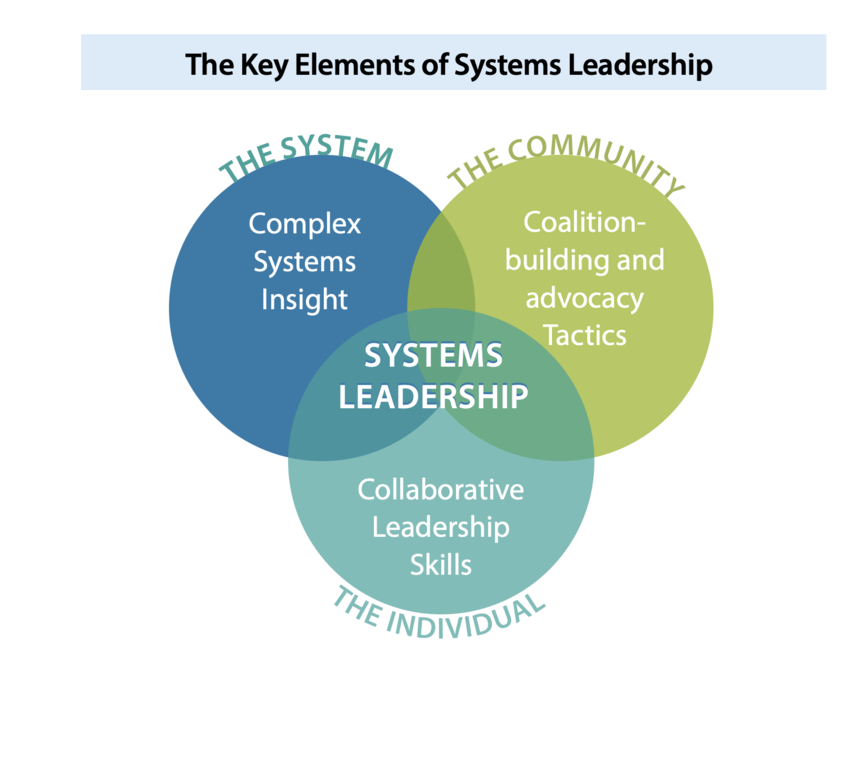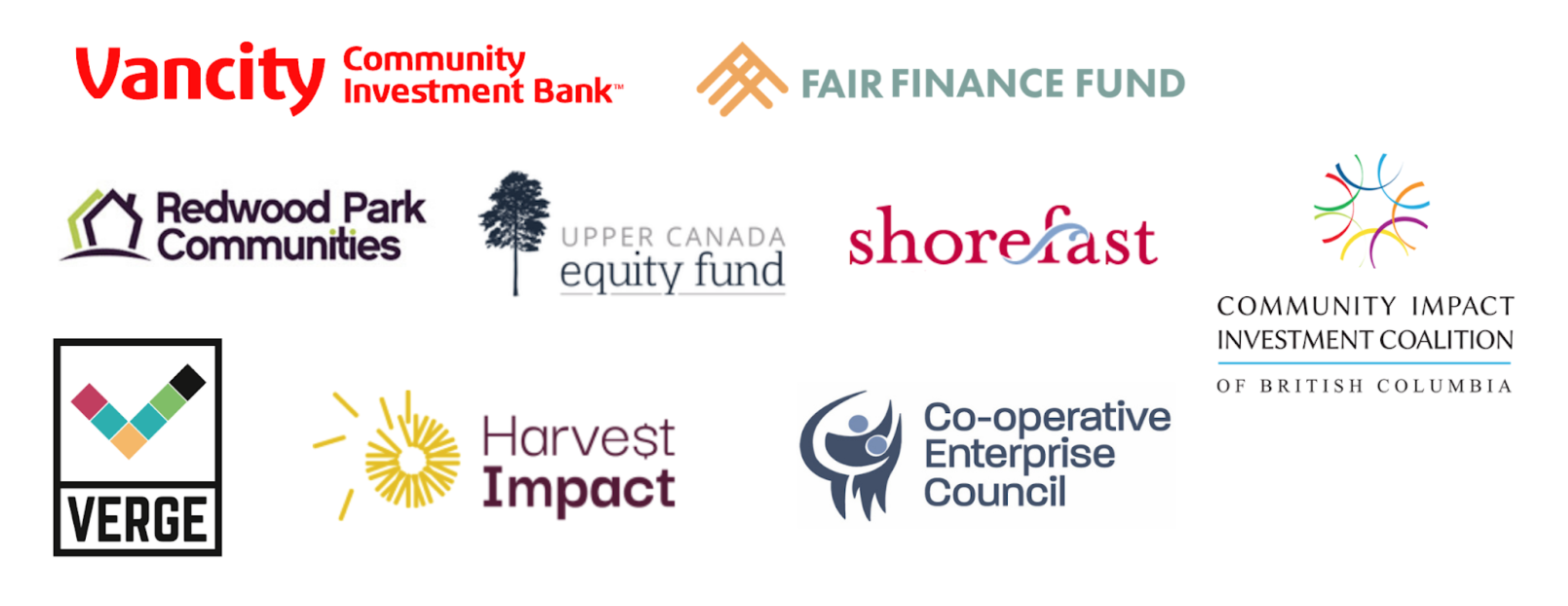
In part 3 of our Systems Log series, we are going to discuss how collaboration between Ontario’s community of place-based funders, investors and intermediaries can shift our finance structures for community impact. In part 1, we gave an overview of systems change and transformation and in part 2, we discussed one pathway to leverage global frameworks in local context.  A quick note before we proceed: sometimes, we think systems are really big - like overhauling government policy or shifting deep rooted cultural narrative. While that can be true and feel significant, it is not the only type of system change. Change can happen on an individual, organizational and network level as well, which this post will help illustrate.
A quick note before we proceed: sometimes, we think systems are really big - like overhauling government policy or shifting deep rooted cultural narrative. While that can be true and feel significant, it is not the only type of system change. Change can happen on an individual, organizational and network level as well, which this post will help illustrate.
In Fall 2020, over 50 representatives from Ontario’s community of place-based funders, investors and intermediaries gathered for 3 days to discuss our province’s journey to recovery and resilience.
As policy makers examine and implement solutions, we are seeking opportunities to act together in providing capital and capacity support to organizations and enterprises that can lead at a local level. This article summarizes 5 key actions resulting from that gathering.
1. Learn from active and emerging models for place-based investing in Ontario and across Canada
There is a large and growing place-based impact investing movement across the country from coast-to-coast-to-coast and throughout Ontario in urban centres and rural regions. We heard from many community capital networks, institutions and partnerships, including:

Key insights from these case studies:
- Common questions: We have similar questions about how to effectively scale and manage risk
- Maturity: There is a developed understanding of how to manage deal flow and structure innovative funds and products
- Applicability: We can leverage a wide range of innovative and interesting practices.
- Context: Place-based initiatives are shaped by local experience, yet they do offer adaptable models
- Infrastructure: Shared architecture can speed implementation for new entrants and scale current actors
Nonprofit Finance Fund and Cutting Edge Capital provided the following insights and lessons:
- The emergence of CDFIs is directly connected to the civil rights movement and social justice movements of the 60’s and 70’s.
- CDFIs are a result of a key policy change, see the Reinvestment Act in 1977.
- CDFIs are highly reliant on philanthropy to support their operations. Even CDFIs in the US, with a longer history and federal funding/support, need to have their operations subsidized.
- The scale and scope of the US CDFl community movement is impressive, with billions in assets invested across the country.
- There are a variety of ‘communities of interest’ using this model, including BIPOC communities, geographic communities (national, state, and local level), and sectors of focus (affordable housing, food, etc.).
- CDFIs have been leveraged as infrastructure to respond to COVID-19, and they are seen as a critical tool to build a more inclusive future in the US.
3. Leverage infrastructure model of Community Futures Organizations
In Ontario, Community Future Development Corporations (CFDCs) have an infrastructure with a strong track record. Since 1995, CFDCs have invested $2.13B in 27,196 businesses influencing 138,479 jobs at a cost per job of $15,381. These businesses leveraged an additional $2.09B in equity and third party financing (ratio $1.00 - $1.02).
In addition, 69,631 businesses received capacity support, here are some the model’s key success factors:
- Governance based on a geographic community of interest
- Developmental lending approach to clients (character based, varied collateral security, flexible terms, regular monitoring)
- Clear performance measures (cost per job, leveraged funds, 5.7% average losses)
- Adaptability to economic environment (1980’s high interest rates, 2012 economic downturn, 2020 global pandemic)
- Improvement of delivery processes (Management Systems, Remote Delivery)
This is critical infrastructure to integrate into a more intentional community capital ecosystem in the province, alongside credit unions, co-operatives, and place-based impact investing funds.
4. Apply an equity lens, including both racial and gender diversity
Narinder Dahmi from Marigold Capital, Victor Beausoleil from Social Economy through Social Inclusion and Jeff Cyr from Raven Capital clearly expressed guiding principles for an equitable approach to community capital:
- Leadership in our institutions reflects the diversity of intersectional identities including gender, race, ability, and status
- Ownership and representation in decision-making authority is centered around justice and equity
- Move beyond commitments to solidarity and take real action in applying an equity lens
- Identify folx doing grassroots, on the ground work, and compensate lived expertise
- Return to a state of wellbeing through reconciliation and learning from other cultural ways of knowing
5. Move from scaling intention to scaling impact
Participants of Catalyst Ontario indicated a desire to move forward, and here are the leverage points for our next steps:
- Forging partnerships: We will be reaching out to current and new partners to firm up and broaden the core community advancing this agenda
- Acquiring resources: We will be pursuing resources to advance this work
- Co-designing and refining the process: We will be working with partners and the broader community to co-design and refine the process
- Getting started: We can move quickly from research to practical actions
We will not replicate the current financial system, and this type of innovation brings the following risks:
- Scale: For this to be successful at a grassroots level, we need to be active in local economies and use accessible language
- Perception: Although the intention is to mobilize and create community wealth, we will need to manage any potential perception or concerns related to a common question around social finance: is this perceived as a form of continued privatization?
- Community: There is a lack of understanding about a community-led approach: how will we ensure community ownership and leadership in such a wide ecosystem and geography?
- Policy: It is challenging to create a supportive policy environment at the best of times for progressive solutions. Current economic and political conditions may create an open window or high hurdles for potential success
- Capital: We need to advance this work before having certainty about who will be putting operating and investment capital in to support the build out of policy and ecosystem infrastructure (e.g. government, institutions, foundations, citizens)
The community capital system must be inclusive and regenerative - and we must be brave and bold. We look forward to sharing more about the next steps of Ontario’s Community Capital agenda in early 2021.
